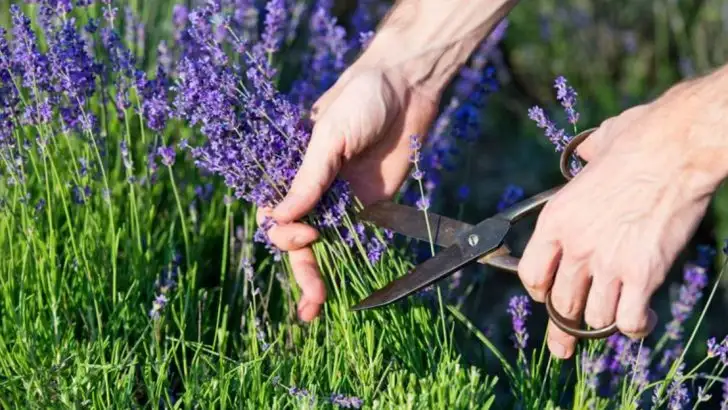Some perennials will betray you the moment you stop paying attention. They start off strong—lush leaves, promising buds, maybe even a few early blooms. But give them a little freedom? They’ll sprawl like teenagers on a couch, flopping into their neighbors, dragging your tidy garden into chaos. These aren’t bad plants. They’re just high-maintenance in disguise. They need a haircut. And not just once a year—strategic, well-timed snips that keep them compact, upright, and beautiful. If you’ve ever looked at your flowerbed and thought, “Why does this all look… tired?” You might be growing one of these 16 drama queens. Here’s how to tame them—and get the gorgeous garden you thought you were planting. Ready to meet the mess-makers?
Russian Sage
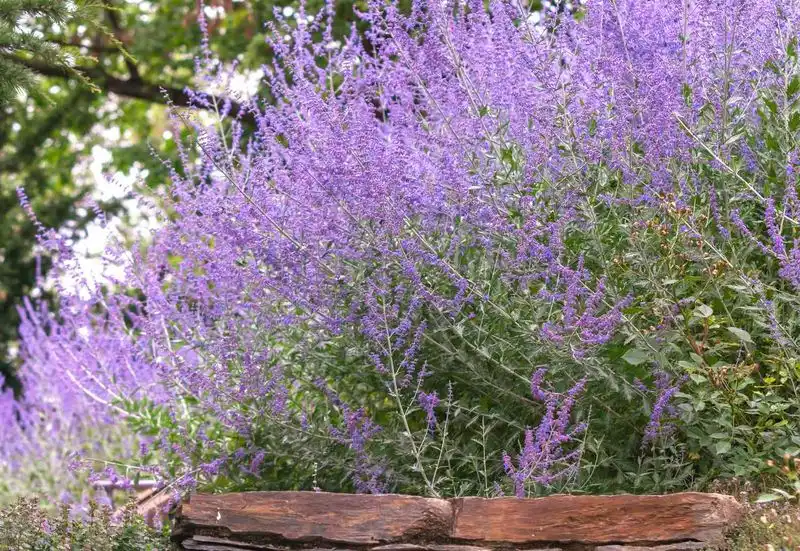
Russian Sage, with its airy spikes of purple flowers, can quickly outgrow its bounds if left unchecked. Pruning not only ensures a tidy appearance but also encourages more prolific blooming. Begin by cutting back the older stems in early spring. This plant thrives with some structure, so focus on creating a balanced shape. Despite its resilience, avoid over-pruning, as this can hinder its growth. Russian Sage adds a touch of serenity with its silver leaves and vibrant blooms. A favorite among pollinators, this perennial is as beneficial as it is beautiful.
Lavender
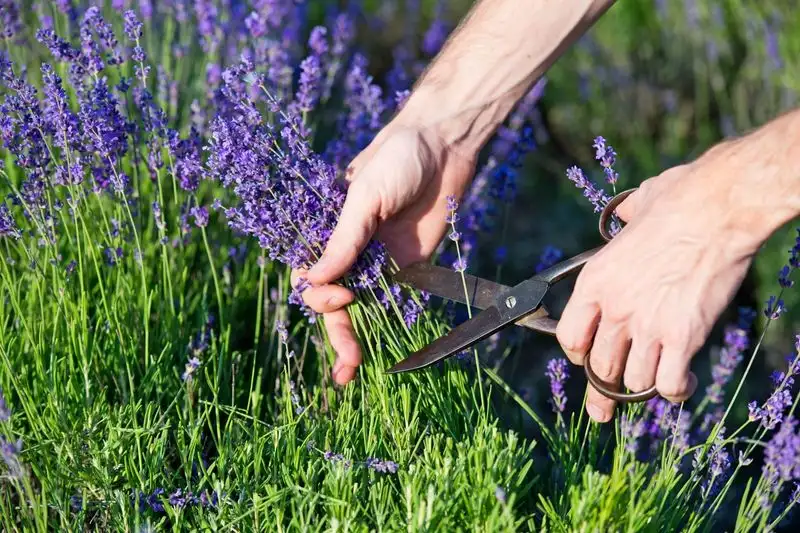
Lavender, known for its calming scent, requires a gentle touch when it comes to pruning. Trim it annually to maintain its shape and encourage lush blooms. Begin after the first flowering, cutting back by a third, but avoid the woody base. This ensures the plant remains compact and prevents legginess. Lavender thrives in sunny, well-drained soil, making it a staple in many gardens. Its aromatic presence is a delight, offering both visual and olfactory pleasure. Perfect for creating a peaceful garden retreat, lavender is both soothing and stunning when properly cared for.
Hydrangea
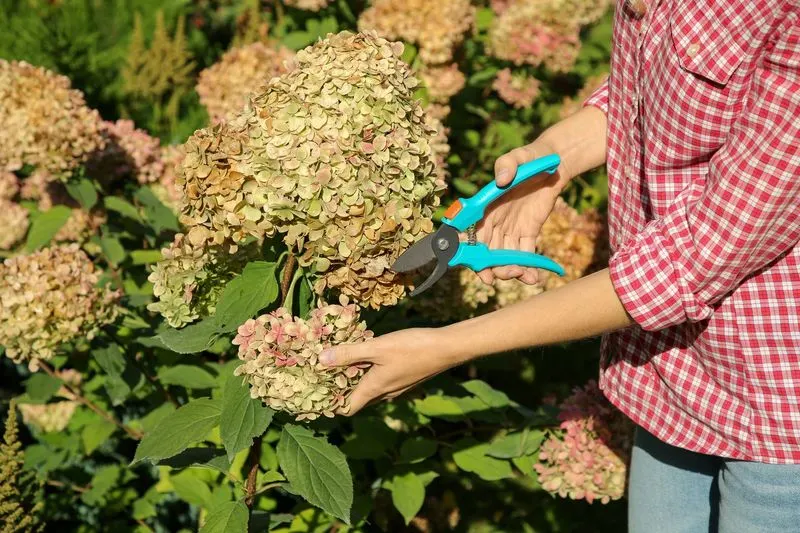
Hydrangeas are beloved for their large, showy blooms, but pruning can be a bit of a puzzle. The key is knowing whether you have a variety that blooms on old or new wood. For those blooming on old wood, prune immediately after flowering. For new wood bloomers, cut back in late winter or early spring. This promotes healthy growth and stunning flowers. With their lush foliage and diverse color palette, hydrangeas enhance any landscape. Proper pruning ensures these beauties remain a focal point in your garden, offering a cascade of color throughout the season.
Peonies
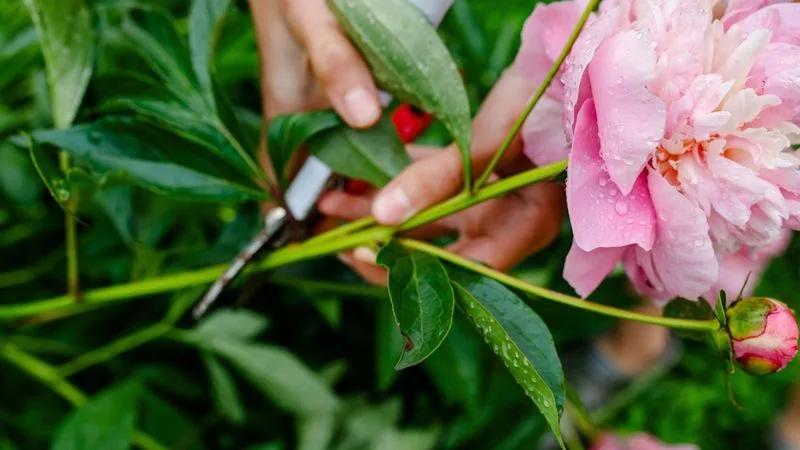
Peonies, with their lush blooms and rich fragrance, require thoughtful pruning to thrive. Cut them back in the fall after the first frost, removing all foliage to prevent disease. This perennial benefits from a clean slate each spring, allowing new growth to flourish. Peonies prefer sunny spots with well-drained soil, rewarding you with stunning flowers each year. Their luxurious presence makes them a garden favorite. Pruning not only maintains their health but ensures that each bloom is a testament to nature’s beauty. With the right care, peonies become a perennial highlight.
Daylilies
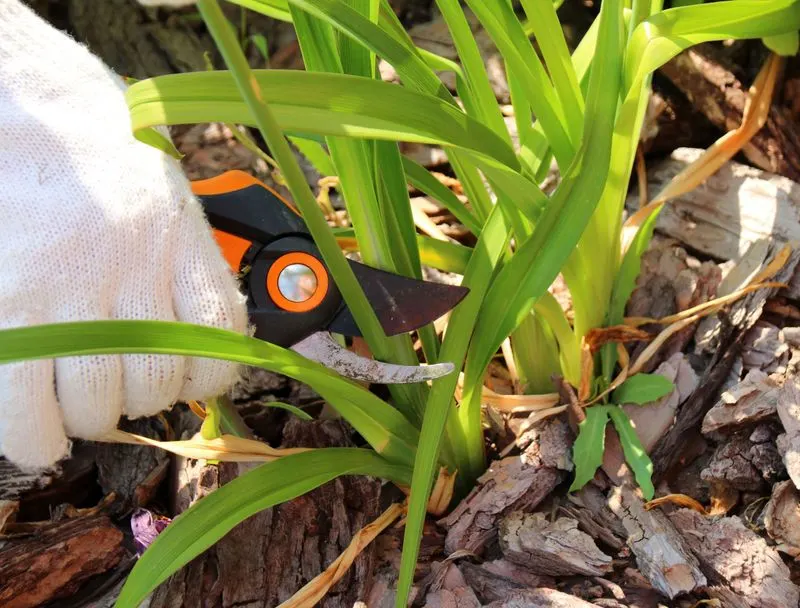
Daylilies, known for their bright trumpet-like flowers, benefit greatly from regular pruning. Deadheading spent blooms encourages new blossoms and extends the flowering period. Cut back the foliage after the first frost, removing any dead or damaged leaves. This keeps the plant looking tidy and prevents disease. Daylilies are resilient and adaptable, making them suitable for various garden settings. Their vivid colors and robust growth add a splash of joy to any landscape. With minimal care and regular pruning, daylilies will continue to brighten your garden year after year.
Hostas
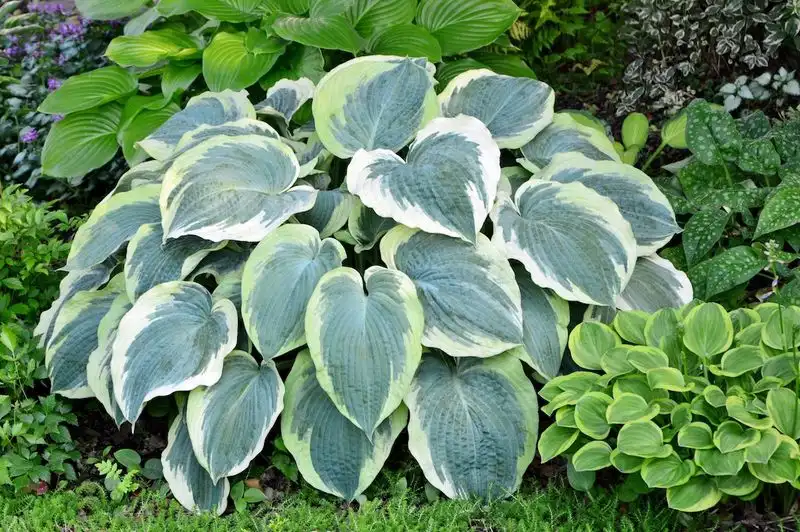
Hostas, recognized for their lush foliage, require careful pruning to maintain their appeal. Remove dead or damaged leaves throughout the growing season to keep them looking fresh. In the fall, cut back the entire plant to ground level to prepare for winter. This prevents pests and diseases from overwintering in the debris. Hostas thrive in shaded areas, offering a green oasis in the garden. Their varied leaf patterns and colors provide texture and interest. Proper pruning ensures they remain a vibrant part of your landscape, rewarding you with their generous foliage each year.
Sedum
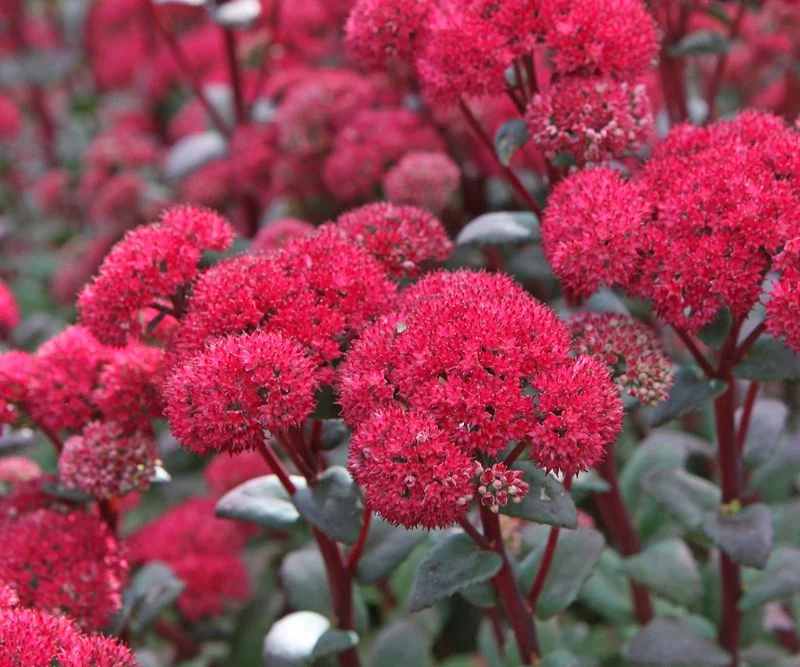
Sedum, with its succulent leaves and star-shaped flowers, is a staple in rock gardens. While low-maintenance, it benefits from strategic pruning. Trim back in the spring to promote dense growth and remove any winter damage. After flowering, deadhead spent blooms to keep the plant tidy. Sedum’s drought tolerance and diverse appearance make it versatile for many garden styles. Its vibrant colors and unique textures add visual interest. Pruning ensures it remains compact and healthy, allowing it to thrive in various conditions. A robust choice for any garden, sedum is both resilient and charming.
Coreopsis
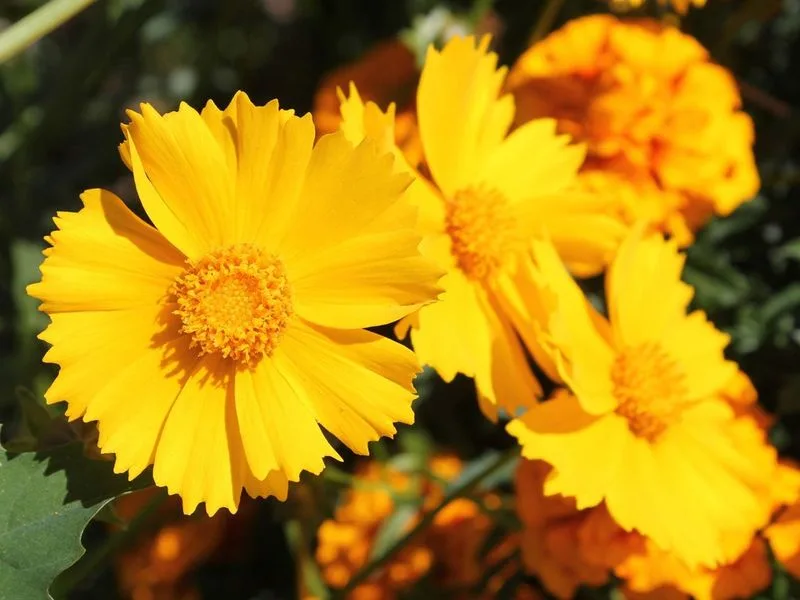
Coreopsis, often called tickseed, is celebrated for its sunny, yellow blooms. Regular deadheading prolongs its flowering period, while a hard prune in mid-summer can refresh its appearance. Cut back in late fall to prepare for the following spring. This encourages bushier growth and more blooms. Coreopsis is beloved by pollinators, drawing bees and butterflies to the garden. Its cheerful flowers and low-maintenance nature make it a gardener’s delight. Proper pruning ensures it remains a vibrant addition to any landscape, offering a burst of sunshine throughout the growing season.
Coneflower
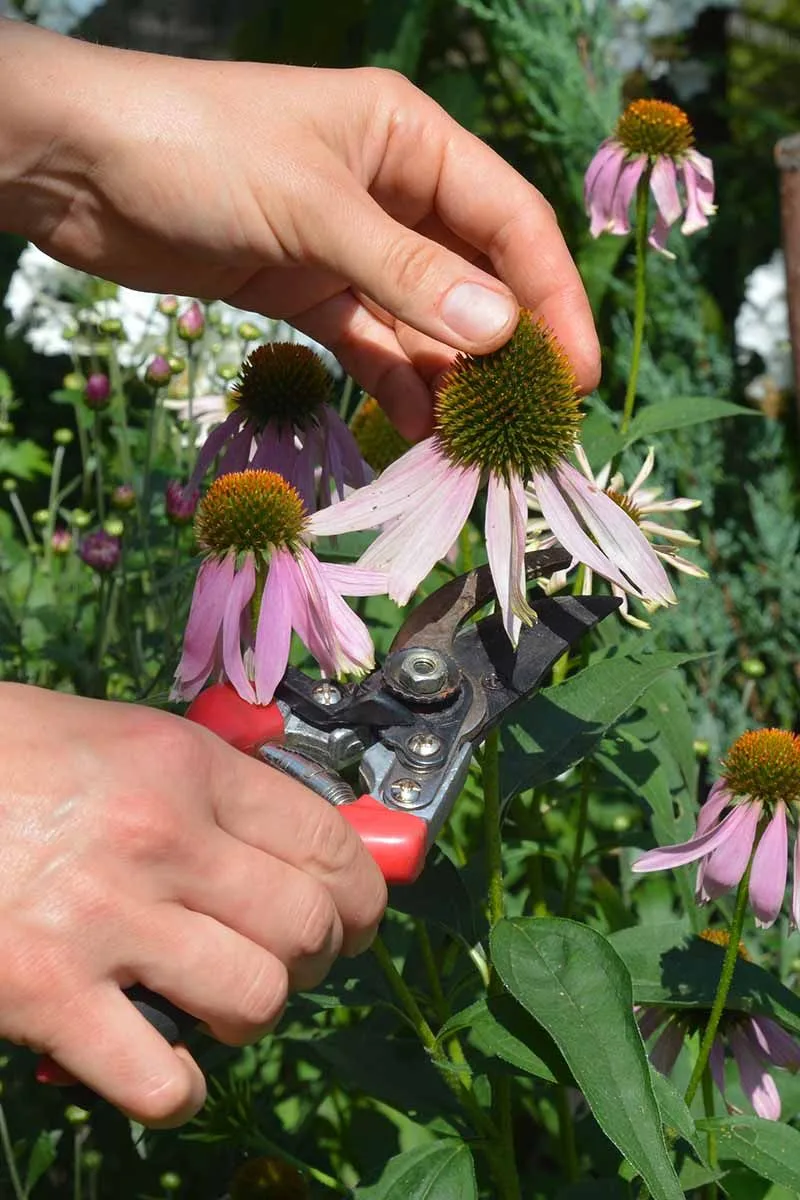
Coneflowers, with their distinctive daisy-like appearance, are a garden favorite. Deadheading spent blooms encourages continuous flowering and a neat appearance. In late fall, cut back the stems to ground level to prepare for winter. This not only tidies the garden but also promotes healthy growth in the spring. Coneflowers are hardy and attract a variety of pollinators, adding life to any garden space. Their bold colors and robust flowers make them a standout choice. With proper pruning, coneflowers will reward you with a profusion of blooms season after season.
Geranium
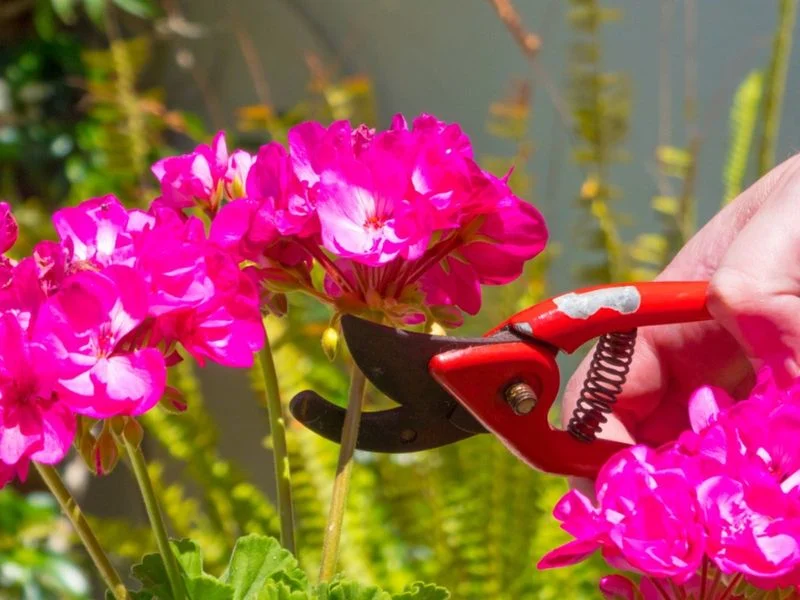
Geraniums are cherished for their colorful blooms and aromatic foliage. Pruning plays a vital role in maintaining their compact shape and encouraging more flowers. Trim back after each blooming cycle, removing spent flowers and leggy stems. In colder climates, cut back to the ground before the first frost. Geraniums thrive in sunny positions with well-drained soil. Their cheerful presence and ease of care make them a popular choice for container gardens and borders. Regular pruning ensures they remain lush and floriferous, adding a touch of elegance and color wherever they grow.
Astilbe
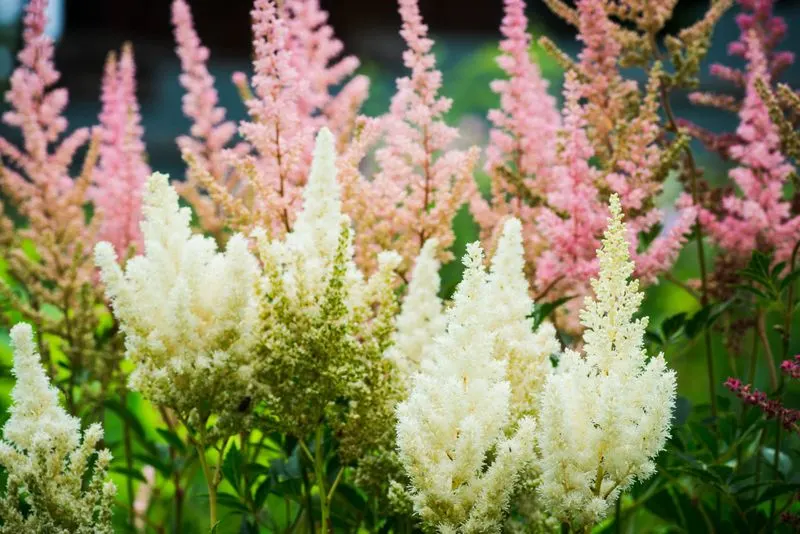
Astilbe, with its feathery plumes and soft colors, adds a touch of elegance to shaded areas. Pruning is essential to maintain its beauty, involving deadheading spent blooms to encourage new growth. Cut back in late fall to prepare for winter dormancy. Astilbe thrives in moist, well-drained soil and offers a striking contrast to other shade-loving plants. Its delicate appearance belies its hardiness, making it a reliable choice for woodland gardens. Proper care and pruning ensure it remains a graceful presence, enhancing the garden with its ethereal beauty year after year.
Salvia
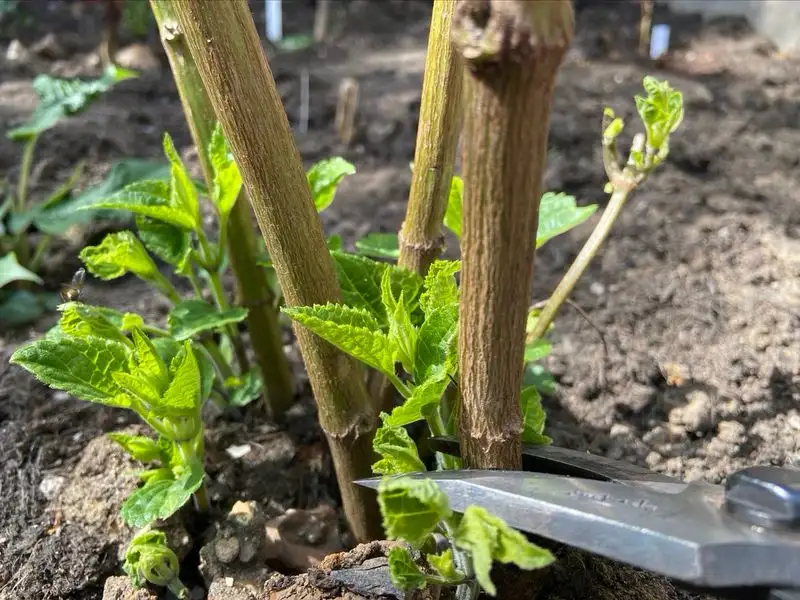
Salvia, with its spikes of vibrant flowers, is a magnet for pollinators. Pruning after the first flowering encourages a second bloom and maintains its neat appearance. Trim back in early spring to remove winter damage and promote bushier growth. Salvia’s striking colors make it a focal point in any garden setting. Whether used in borders or containers, its resilience and beauty are unmatched. Regular pruning ensures it continues to thrive, rewarding you with abundant blooms and lively garden visitors. Salvia is a garden staple, combining aesthetics with ecological benefits.
Black-Eyed Susan
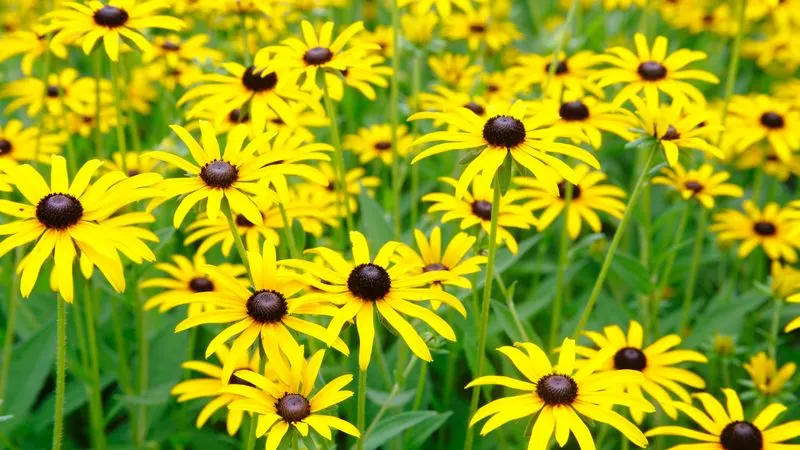
Black-Eyed Susans are synonymous with sunny gardens, their cheerful yellow petals brightening any landscape. Regular deadheading encourages new blooms, while a late fall cutback prepares them for winter. This perennial is tough and adaptable, thriving in a variety of conditions. Its bold presence and long-lasting flowers make it a garden favorite, attracting butterflies and bees. Proper pruning ensures it remains healthy and vibrant, offering a splash of sunshine year after year. Black-Eyed Susans are not only beautiful but also resilient, making them a reliable choice for gardeners.
Phlox
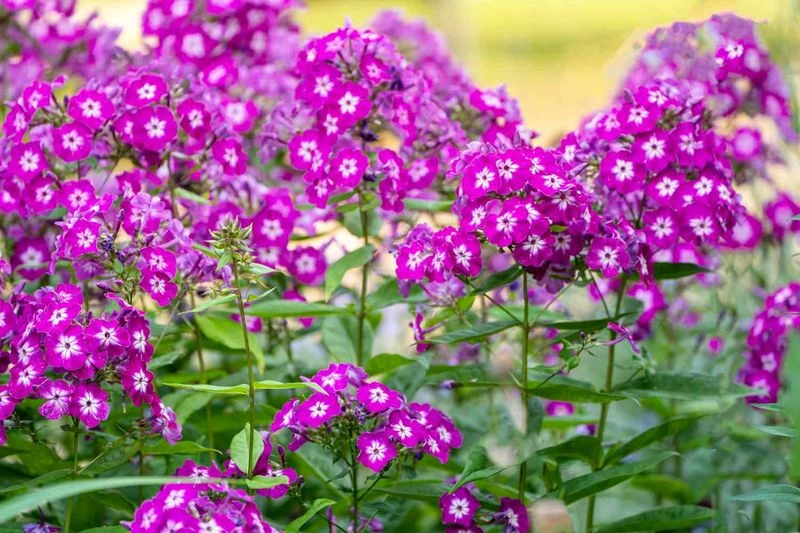
Phlox, with its dense clusters of flowers, is a fragrant garden addition. Pruning after flowering keeps it tidy and encourages a second bloom. In late fall, cut back to ground level to prepare for winter. This perennial thrives in sunny spots with well-drained soil, offering a colorful and fragrant display. Phlox is a magnet for butterflies, adding life and movement to the garden. Its vibrant colors and sweet scent make it a delightful choice. With regular pruning, phlox remains a lush and floriferous presence, enhancing the garden’s beauty with minimal effort.
Shasta Daisy
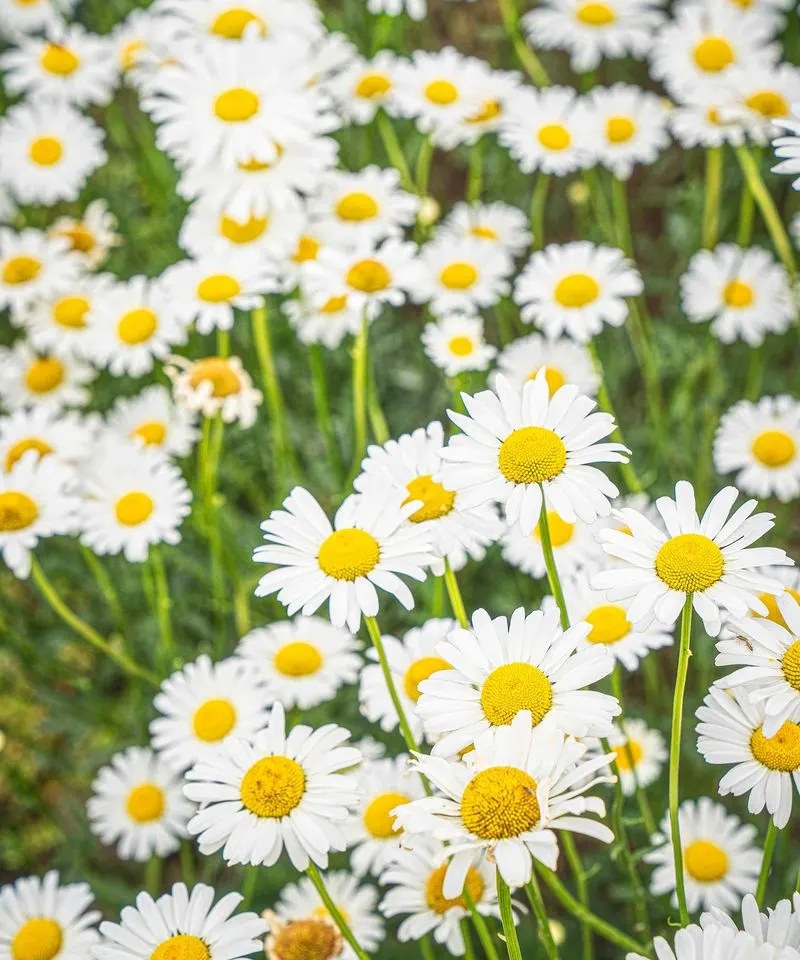
Shasta Daisies, with their classic white petals and sunny centers, bring a timeless charm to gardens. Regular deadheading ensures continuous blooms, while a cutback in late fall prepares them for dormancy. This perennial prefers full sun and well-drained soil, rewarding you with cheerful flowers from summer to fall. Shasta Daisies are easy to care for and make excellent cut flowers. Their bright appearance and resilience make them a staple in many landscapes. Proper pruning keeps them looking their best, ensuring they continue to brighten gardens with their joyful presence.
Echinacea
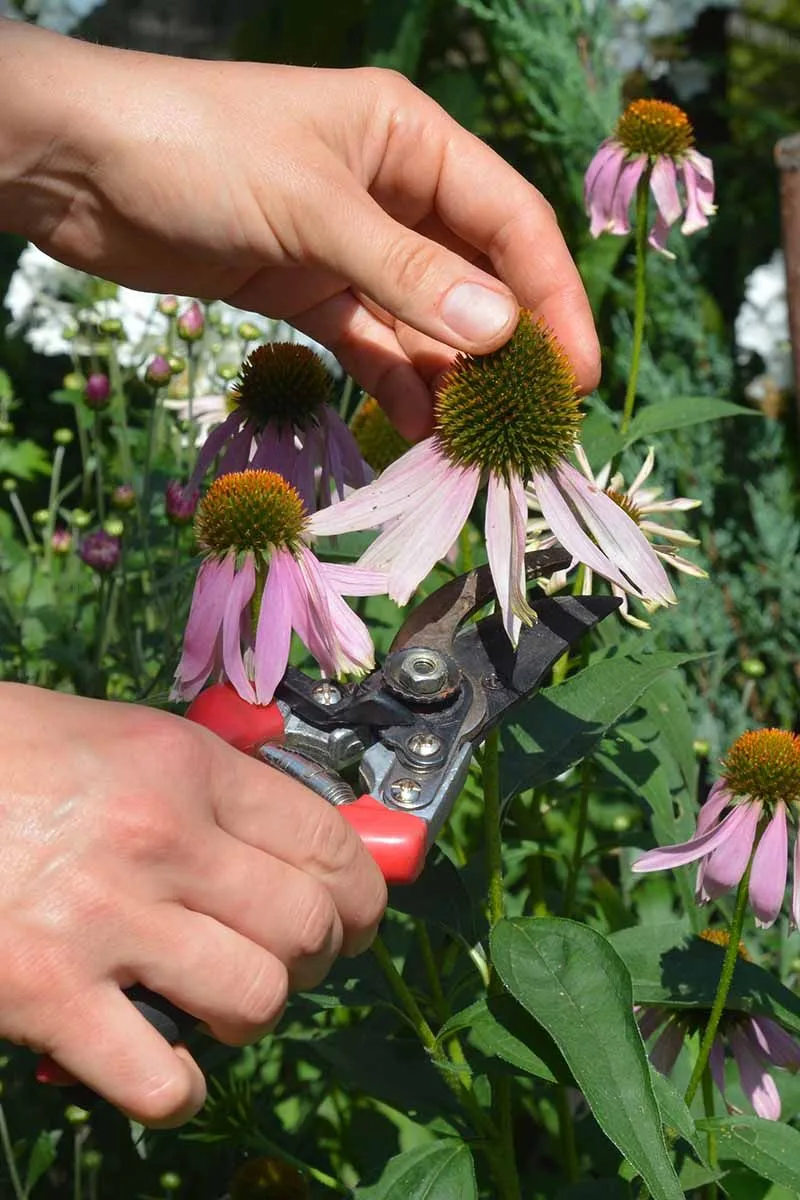
Echinacea, known for its medicinal properties and striking blooms, is a garden staple. Deadheading spent flowers encourages new growth and keeps the plant looking neat. Cut back in late fall to prepare for the next growing season. Echinacea thrives in sunny, well-drained areas and attracts a variety of pollinators. Its bold flowers and sturdy nature make it a favorite among gardeners. With proper pruning, echinacea remains healthy and vibrant, offering both beauty and ecological benefits. This perennial is not only visually appealing but also supports local wildlife, making it a valuable garden addition.

